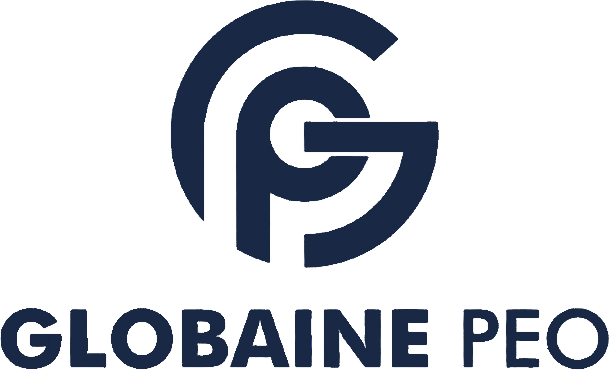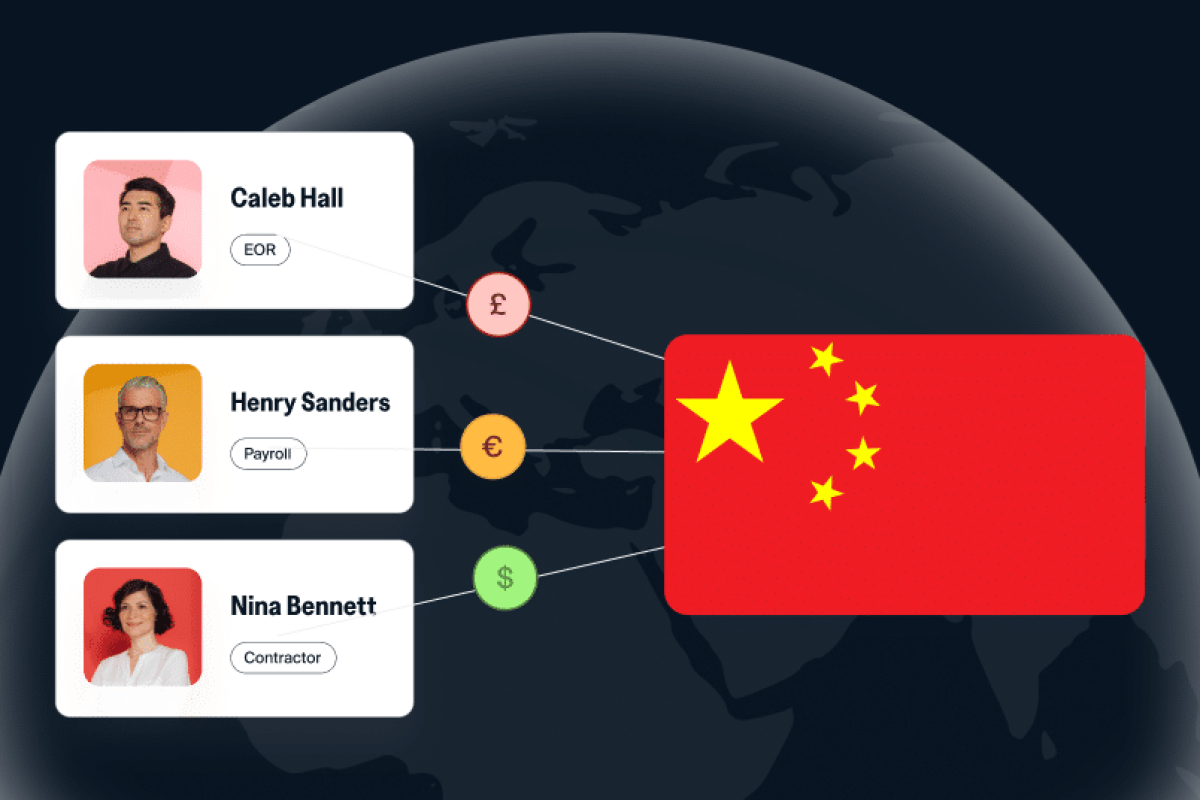Expanding into Canada offers tremendous growth opportunities for global employers, but managing payroll in Canada comes with its own set of challenges due to federal and provincial regulations. This guide breaks down the payroll process, tax obligations, and important considerations for managing Canadian payroll effectively.
Step-by-Step Guide to Payroll in China
Step 1: Understanding the Salary Structure in China 💰
The salary structure in China includes a combination of mandatory and optional components, including wages, taxes, and various benefits.
Component | Details | Mandatory/Optional |
|---|---|---|
Base Salary | Fixed compensation agreed in the employment contract. | Mandatory |
Bonuses | Bonuses based on performance or holiday bonuses (e.g., 13th month pay). | Optional |
Housing Allowance | Common in many cities, may be tax-deductible under certain conditions. | Optional |
Social Insurance | Includes pension, medical insurance, unemployment insurance, etc. | Mandatory |
Housing Fund | A mandatory benefit aimed at helping employees with housing. | Mandatory |
Meal Allowance | Provided by employers as a benefit, often seen in multinational companies. | Optional |
Outcome: A well-structured salary with mandatory contributions like social insurance and the housing fund ensures compliance with Chinese labor laws while offering competitive compensation for talent acquisition and retention.
Step 2: Income Tax Withholding in China 🧾
Employers in China are required to withhold individual income tax (IIT) from employees’ salaries based on a progressive tax rate.
Annual Salary | Tax Rate |
|---|---|
Up to ¥36,000 | 3% |
¥36,001 to ¥144,000 | 10% |
¥144,001 to ¥300,000 | 20% |
¥300,001 to ¥420,000 | 25% |
¥420,001 to ¥660,000 | 30% |
¥660,001 to ¥960,000 | 35% |
Over ¥960,000 | 45% |
Outcome: Employers must correctly calculate and remit income tax based on the progressive tax system to ensure compliance with Chinese tax regulations and avoid penalties.
Step 3: Social Insurance Contributions 
China’s social insurance system consists of five mandatory contributions that both employers and employees are required to pay.
Type of Insurance | Employer Contribution (%) | Employee Contribution (%) |
|---|---|---|
Pension Fund | 16% | 8% |
Medical Insurance | 5-10% | 2% |
Unemployment Insurance | 0.5-2% | 0.2-0.5% |
Work-Related Injury | 0.2-1.9% | N/A |
Maternity Insurance | 0.5-1% | N/A |
Note: The actual percentages may vary depending on the region or city.
Outcome: Timely and accurate social insurance contributions ensure legal compliance and help provide benefits like medical coverage and pension plans to employees.
Step 4: Payroll for Non-Residents 🌍
Global employers hiring non-resident employees in China face additional considerations like tax obligations and work permits.
Non-Resident Consideration | Details |
|---|---|
Tax Residency | Non-residents are taxed on their China-sourced income at a flat rate, with certain exemptions. |
Work Permits | Required for non-residents, failure to comply may result in fines and legal complications. |
Social Insurance | Non-resident employees are generally required to contribute to China’s social insurance system. |
Outcome: Proper management of non-resident payroll and ensuring work permit compliance avoids penalties and ensures legal employment.
Step 5: Housing Fund Contributions 🏘️
Employers must contribute to the Housing Provident Fund (HPF), which is used to assist employees with housing-related expenses.
Type of Contribution | Employer Contribution (%) | Employee Contribution (%) |
|---|---|---|
Housing Provident Fund | 5-12% | 5-12% |
Outcome: The Housing Fund serves as an essential part of compensation, ensuring employees can secure better housing options and maintain legal compliance.
Step 6: Paid Leave and Holiday Entitlements 🌴
China mandates paid leave entitlements and national holidays, which vary depending on an employee’s length of service.
Leave Type | Details |
|---|---|
Annual Leave | Employees with 1-10 years of service are entitled to at least 5 days. |
Maternity Leave | Typically 98 days, with additional days for complications or multiple births. |
Public Holidays | China has 11 public holidays, including National Day and Lunar New Year. |
Outcome: Proper management of paid leave and holiday entitlements improves employee satisfaction and ensures compliance with labor laws.
Step 7: Health Insurance and Other Benefits 🏥
While health insurance is included in social insurance, some employers offer additional private health insurance or benefits to attract top talent.
Benefit Type | Employer Requirement | Optional/Mandatory |
|---|---|---|
Private Health Insurance | Often provided by multinational companies. | Optional |
Meal Allowance | Tax-exempt within limits, can boost employee morale. | Optional |
Housing Allowance | Often provided in cities with high living costs. | Optional |
Outcome: Offering competitive benefits like health insurance and allowances can help attract and retain top talent in a competitive Chinese labor market.
Step 8: Payroll Compliance and Reporting 📊
China requires strict compliance with payroll and tax reporting, with monthly and annual obligations.
Compliance Requirement | Details |
|---|---|
Monthly Payroll Remittances | Payroll taxes and social contributions must be remitted monthly to local authorities. |
Annual Tax Reconciliation | Employers are required to file annual tax reports for employees and adjust tax discrepancies. |
Record-Keeping | Payroll records must be maintained for several years for audit purposes. |
Outcome: Adhering to payroll compliance and reporting obligations helps employers avoid hefty fines and ensures smooth payroll processes.
Step 9: Payroll for Remote Workers 💻
Remote work in China introduces complications regarding taxation, social insurance, and compliance with local laws.
Remote Worker Consideration | Details |
|---|---|
Tax Residency | Employees may be subject to local taxes based on their place of residence or work. |
Social Insurance Contributions | Remote workers are required to contribute to social insurance if applicable. |

